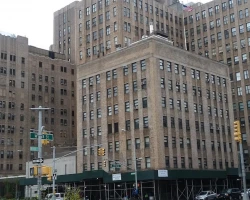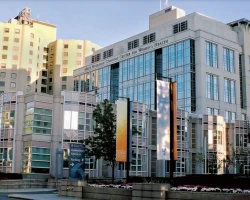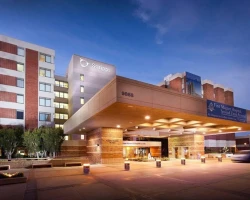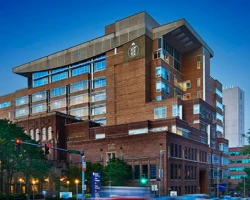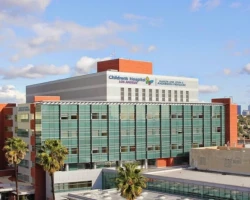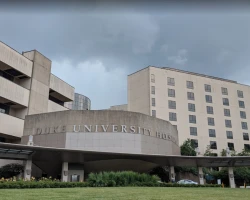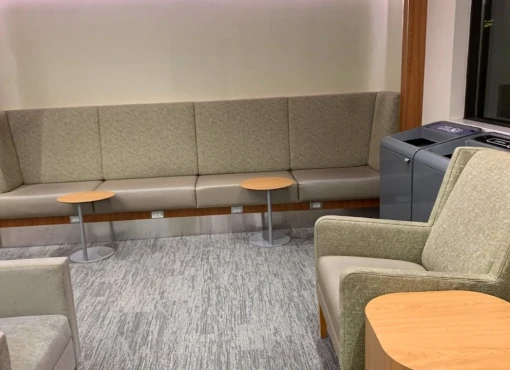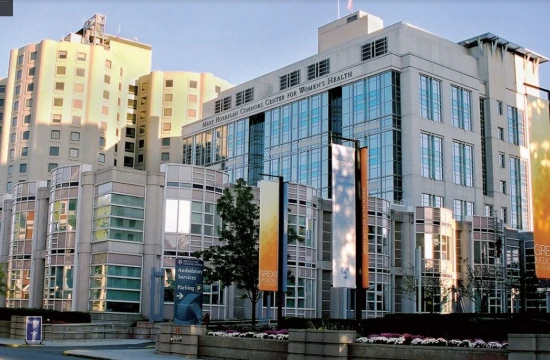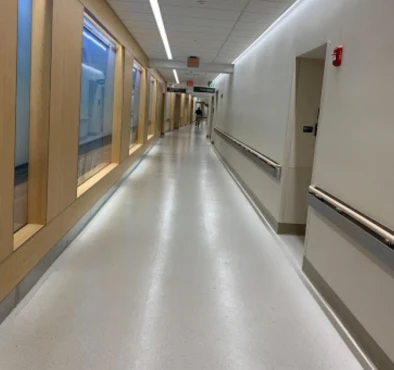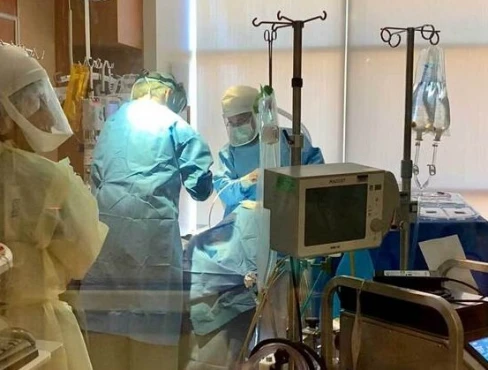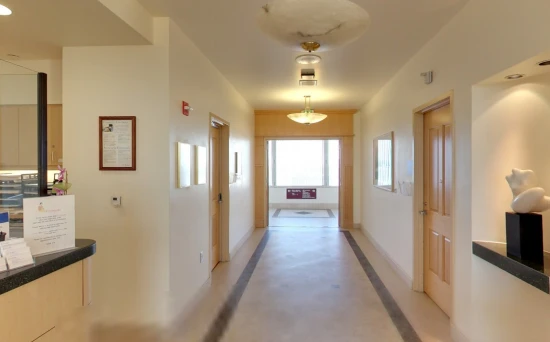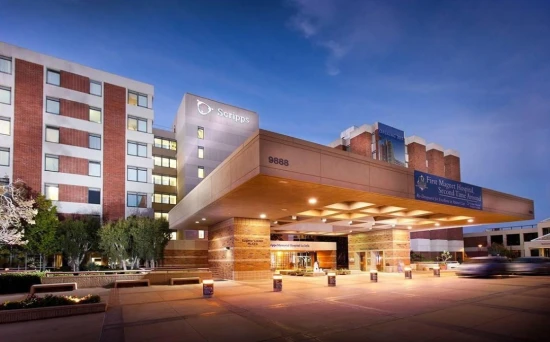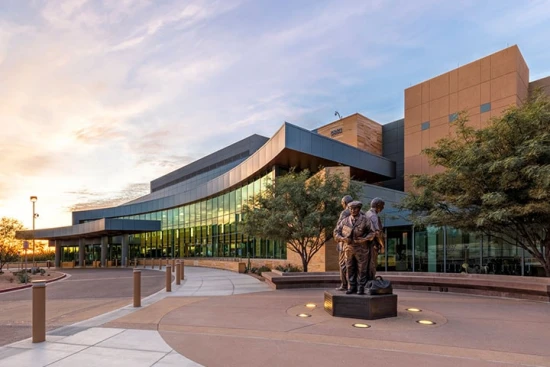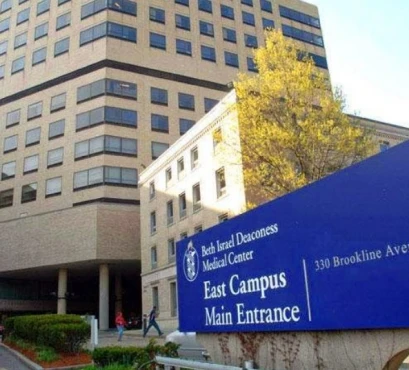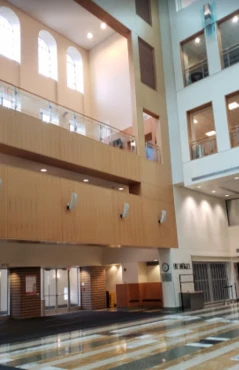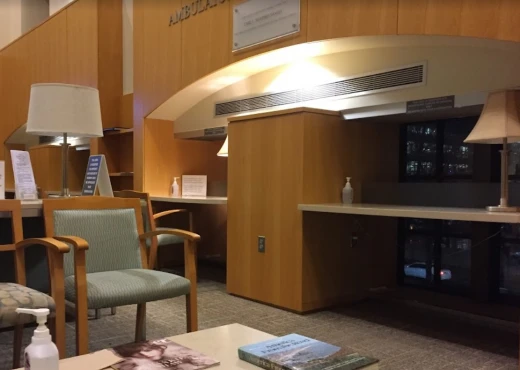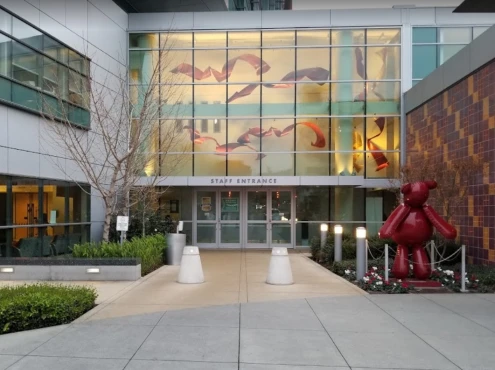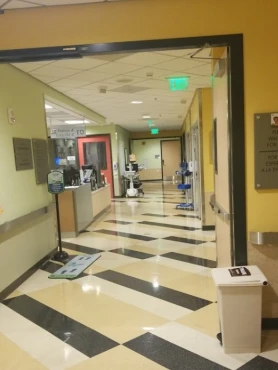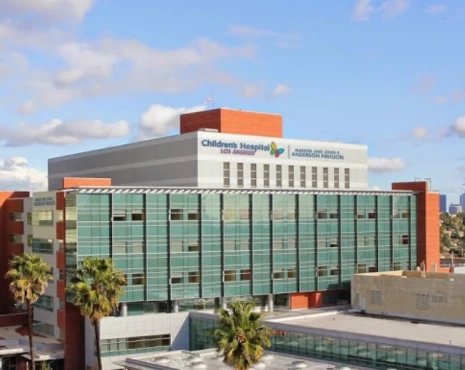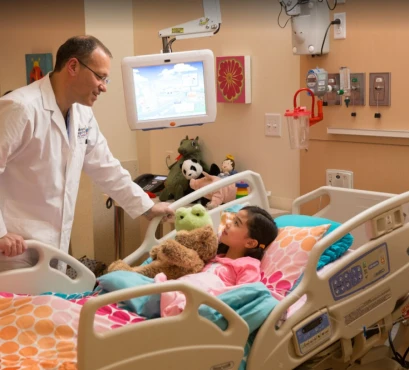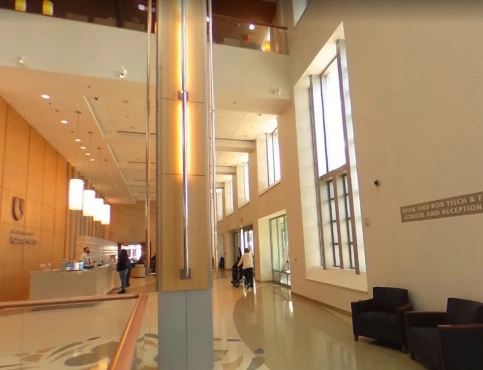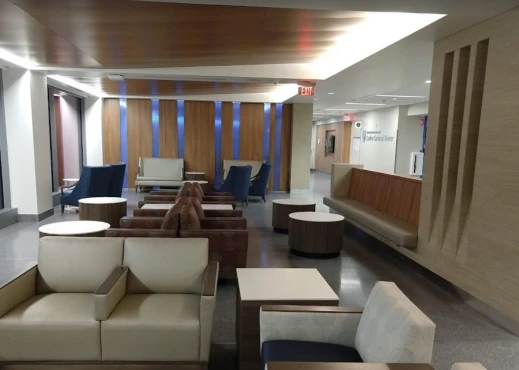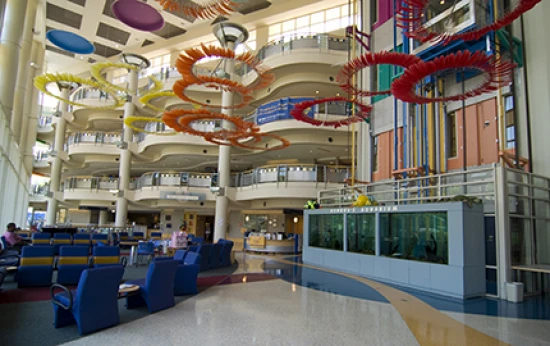from Rita Lawrence
December 08, 2023
Got first-rate care, had a great experience and a positive outcome! Kudos to the Nurses, Doctors/Surgeons/Anasthesioligists, Physical Therapists, Dieticians/ Food Service, Fellows, Interns and Students.Special shout-out to my postoperative caregiver- Karina Valentine. She kept me going through the most challenging part of my surgical journey- enduring procedures to facilitate the OUT in outpatient. Lest we forget the unsung heroes that keep the hospital so hygienically safe and superior- I must now sing my praises to the custodial technicians: 🎶We could eat off of the floors But we don’t have to They give plates and forks Don’t spill dessert (I got strawberry shortcake 🍰)
from Linda Fish
November 14, 2023
Duke has reached a new low in Health Care. I'd give them stars in the minus categories if I could. My son had eye surgery and every time we went for an appointment we waited over 2 hours to be seen. I can tell you I read 150 pages of a book on one visit. We actually saw people leave without being seen because they had waited so long. My son objected to the long wait one day and was told by the surgeon that he was ruining her day. Because of the wait he asked to talk to the manager or an administrator. While waiting the police came made him leave because they said he raised his voice. He was not allowed to talk to the administrator and was escorted out. This is not the first problem we have had with Duke. My son was in the emergency room waiting for the specialist on call when the Emergency Doctor came in and told him that the specialist on call was already home and refused to come in to see him. We were told he should go to the specialist's off the next day. We did that and he was seen for less than 10 minutes and told to go back to another doctor. Seems the specialist could have cut through the chase and just told us that to begin with.
My impression is that almost every one in the hospital system is very impressed with themselves and seems to think it below them to interface and deal with patient who have some real problems. I can, in no way, recommend any Duke Service. I could continue with examples but it would sound repetitive.
I practiced Nursing for 45 years and never came up against any care that is this poor in quality. Giving them -5.
from Julianna perciballi
November 01, 2023
There is good and bad. I recently gave birth at Duke University Hospital and I want to say that my experience with Doctor Clifford, and nurses Lexi, Brenna, Tabitha, Josephine among others was phenomenal. I was blown away by the care and compassion I received so I will say it was a four star experience. However, I have one major complaint about the experience and feel it's important enough to try to voice it. The postnatal recovery rooms are terrible. They are the size of walk in closets and if you have a support person such as your husband staying with you, they have to sleep on what is essentially an airplane chair. My husband could not do it, and it made the end of my experience at Duke hard because I needed him there with me. I felt like me and my baby were locked in a cell and I was going crazy by the time I was discharged. Thank god I was discharged early. There were many people coming in and out of my closet those last few days and nights, and it was definitely too many people. After receiving an emergency C section, I felt I was improperly educated on the repercussions. I had no idea I would have trouble producing milk after my blood loss in surgery and I was not informed about any of the medication I was prescribed. Again, it would have helped if my husband could have been there because maybe I actually was given information but was too out of it for it to sink in.
